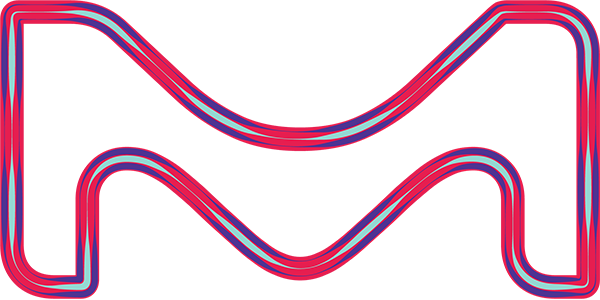Share Disclaimer
By sharing this content, you are consenting to share your data to this social media provider. More information are available in our Privacy Statement.
Cookie Disclaimer
We use cookies so that we can offer you the best possible website experience. This includes cookies which are necessary for the operation of the app and the website, as well as other cookies which are used solely for anonymous statistical purposes, for more comfortable website settings, or for the display of personalized content. You are free to decide in the Cookie Settings which categories you would like to permit. Please note that depending on what you select, the full functionality of the website may no longer be available. You may review and change your choices at any time. Further information can be found in our Privacy Statement.
Cookie Disclaimer
-
These cookies are necessary for the website to operate. Our website cannot function without these cookies and they can only be disabled by changing your browser preferences.
-
These cookies enable the provision of advanced functionalities and are used for personalization. The cookies are set in particular in response to your actions and depend on your specific service requests (e.g., setting the language).
-
These cookies may be set to learn more about your interests and show you relevant ads on other websites. These cookies work by uniquely identifying your browser and device. By integrating these cookies, we aim to learn more about your interests and your surfing behavior and to be able to place our advertising in a targeted manner.

Disclaimer
Publication of Merck KGaA, Darmstadt, Germany.
In the United States and Canada the subsidiaries of
Merck KGaA, Darmstadt, Germany operate under the umbrella brand EMD.